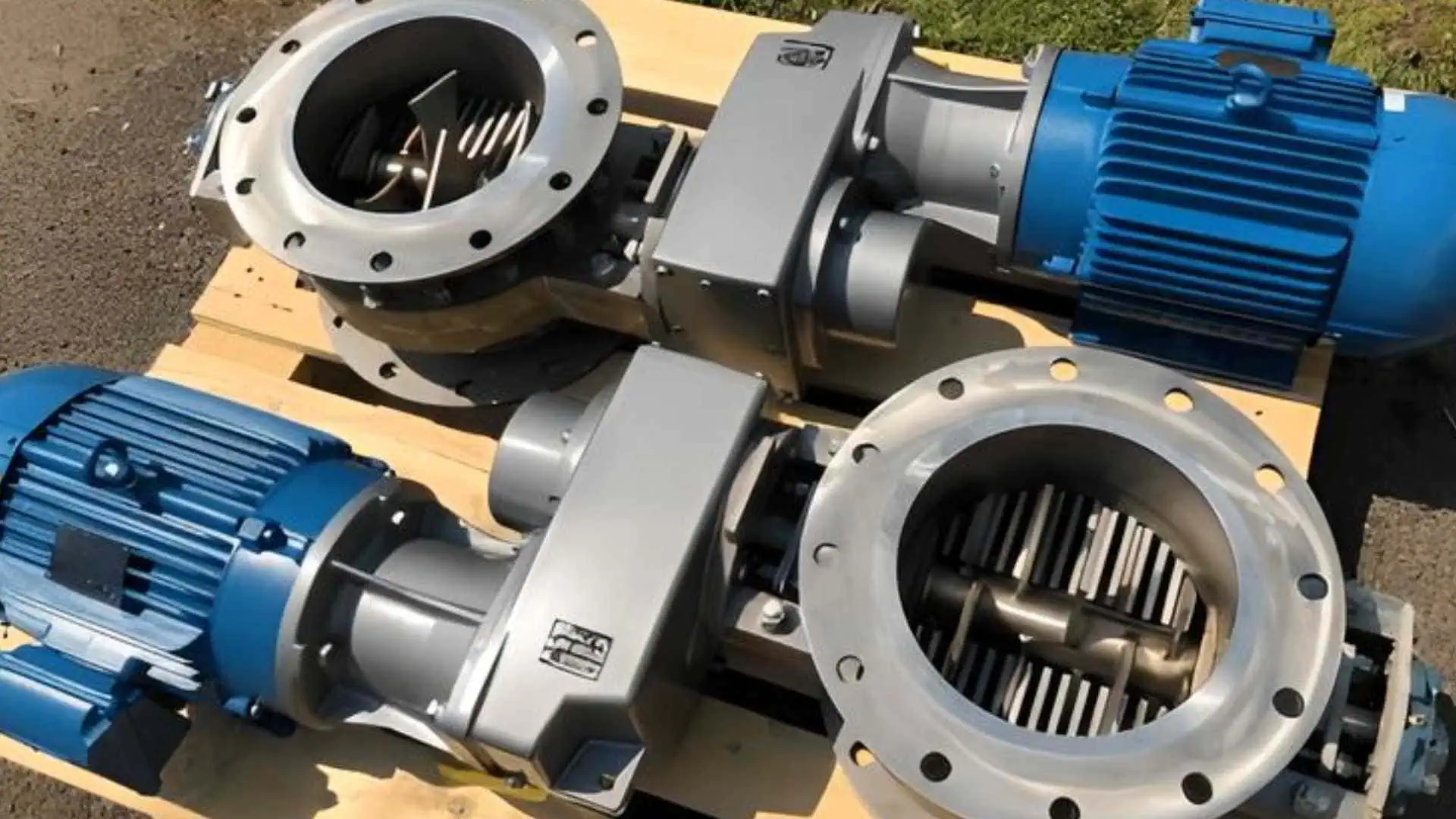A crusher is a machine that breaks down large blocks of brittle materials into smaller chunks to a specific particle size.. Crushing the oversize lumps enhances productivity by preventing blockages, allowing more accurate metering, and increasing the crushed material’s available surface area. As a result, selecting the appropriate crusher is critical for improving the overall speed of downstream manufacturing processes.
This article will discuss the factors to consider when selecting the best crusher machine for a specific application.
Essential Factors To Consider When Choosing the Best Crusher
Selecting the right crusher machine impacts the efficiency and effectiveness of downstream manufacturing processes. Each factor to consider plays a significant role in ensuring the chosen crusher meets the unique requirements of the application:
Features of the Primary Material
Take note of the characteristics of the material that will be processed. Firstly, the material’s friability or grindability, often denoted by the Hardgrove Grindability Index (HGI), is a crucial parameter. This index provides insights into the material’s propensity to break down under crushing forces. The material’s hardness, typically measured in compressive strength (psi), is also critical. It guides the choice of crushing mechanism and the equipment required to withstand the material’s resistance.
Other factors, such as moisture content and abrasiveness, also play a significant role. For instance, materials with tacky or clay-like properties may require a shearing or tearing action during processing. Conversely, brittle materials can often be effectively crushed through compression, while harder materials may necessitate impact-based crushing.
Crushing Stages
Understanding the various crushing stages and crusher types best suited to each process is critical. Each crusher machine is distinct and serves a specific purpose. Therefore, matching the most suitable device to the appropriate stage for more efficient and profitable operations is advised.
Primary Crushing
The most significant elements of a primary crusher are the capacity and ability to process raw materials without blockages. Large primary crushers are pricier than smaller ones, thus investment costs must be weighed against the expense of crushing raw material to a lower density.
The primary crusher in most plants or facilities is a crusher with a throat opening that is large enough to handle the largest lump/piece that is flowing through the line. The primary crusher should also be sized to handle the desired flow rate. Twin shafted machines are best here as they bring the material to the center of the machine for processing.
Intermediate (Secondary) Crushing
Intermediate crushing is used to produce finer fragments or to prepare material for final crushing. In most cases, there are no quality requirements as long as it is suitable for fine crushing.
Cone crushers are better suited for this crushing stage. They break materials by rotating an eccentric head between a bowl. The process begins by breaking the large pieces between the two jaws, then gradually descending into the crusher, where they are broken repeatedly. This continues until they are sufficiently small to pass through the narrow opening at the bottom of the breaking space. These are commonly found in chutes, ducts, and pneumatic feed or silo discharge systems.
Fine (Tertiary) Crushing
This stage determines the quality and quantity of refined products. Therefore, selecting a tertiary crusher necessitates both practical and theoretical knowledge, requiring experienced specialists to ensure a system is correctly crafted.
Impact crushers are suitable for fine crushing depending on size and technology, but you can also use them for primary and secondary crushing. They have hammers, beaters, and impact plates, making them appropriate for mixed materials. These often find application in bulk bag unloaders and within rotary airlock feeders or screw feeds.
Feed Size
The feed size refers to the largest dimensions of the material entering the crusher. Choosing a crusher with a feed opening that can accommodate the maximum expected material size is essential. Oversized pieces can cause blockages in the crusher, leading to downtime and reduced productivity. Manufacturers can prevent such issues by selecting a crusher with an appropriate feed opening and ensuring continuous operation.
Required Output Size of Product
Different applications demand specific product sizes or particle distributions. Whether it’s aggregates for construction or finely ground powders for industrial processes, the crusher must be capable of producing the desired output size consistently. Manufacturers need to consider the crushing chamber design, the settings of the crusher, and the crushing mechanism employed to achieve the desired product size.
Flowability of Material
Material flow characteristics, such as moisture content, abrasiveness, and cohesiveness, significantly influence crusher performance. Materials with high moisture content or sticky properties may adhere to crusher components, leading to clogging and reduced throughput. Abrasive materials can accelerate wear on crusher parts, affecting longevity and maintenance requirements. Understanding material flow allows manufacturers to select crushers with features like anti-sticking coatings or specialized chambers to address challenges.
Throughput Capacity
The throughput capacity of the crusher determines the volume of material it can process within a given timeframe. It’s crucial to match the crusher’s ability to the production demands of the application to avoid bottlenecks and ensure continuous operation. The material’s bulk density, feed rate, and crusher speed can influence a machine’s throughput capacity. Selecting a crusher with sufficient capacity ensures optimal utilization of resources and prevents production delays.
Choose Atlantic Coast Crushers for High-Quality Size Reduction Machinery
Atlantic Coast Crushers designs and sells cutting-edge size reduction equipment for the chemical process industries. We specialize in developing machinery that uses impact to shatter chunks, lumps, and agglomerations made of coarse materials. Moreover, we constantly create custom designs and variations of our standard equipment for specific applications or processes.
Contact us today to learn more about our services!

